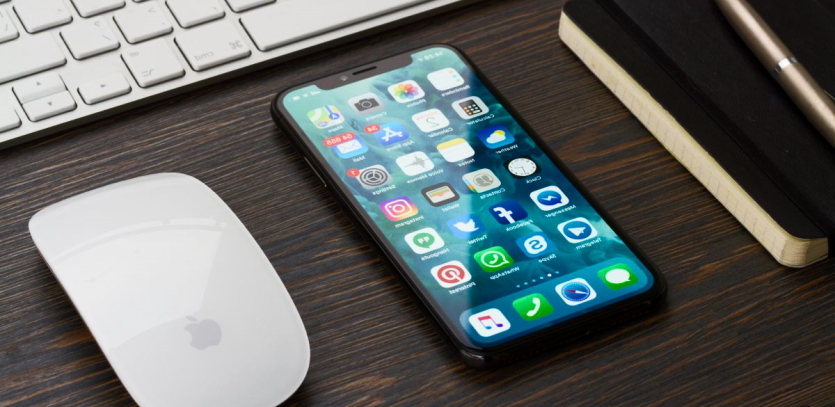A recent study found that people who used their phones with an active VPN connection experienced nearly double the amount of power consumption as those not running one. This article will explore what happens when you use a phone with an active VPN connection.
How does it work? All internet traffic passes through the encrypted tunnel to reach its final destination when using a VPN app like VPNChill. This process requires more processing power from your device.

VPNs drain my phone battery
Ever since people started talking about VPNs, many have wondered what they are and how they work. You may be wondering how this affects your phone’s battery life. When you connect to a VPN server on your phone, it takes up some of the battery power because you’re connecting to an external network instead of using the WiFi at home or work. If you need your phone charged quickly before heading out on a long trip, though, don’t worry! Connecting to any WiFi-enabled hotspot (the kind often found in airports) will help alleviate battery drain due to encryption processes involved with establishing a secure connection between networks.

Turning on a VPN increase battery usage
Did you know that your VPN is also affecting your phone’s battery life? A recent study found that people with a VPN enabled on their smartphone experienced 30% more power consumption than those without. This is because data needs to be encrypted, decrypted, and transmitted over the internet, which takes up more energy. The easiest way to reduce this effect is to turn off WiFi when not in use (or at least put it on airplane mode) as it uses even more power than 3G or 4G networks. You can also try installing an app that helps identify apps using the most power and then hibernates them until they are needed again.
It’s no secret that your phone is a major part of your life. You use it to check emails, send texts, browse the internet, and more. But have you ever considered how much battery power it takes for all those things? A VPN can affect your phone’s battery life because it uses a lot of data and processing power which requires more energy from the phone itself.
